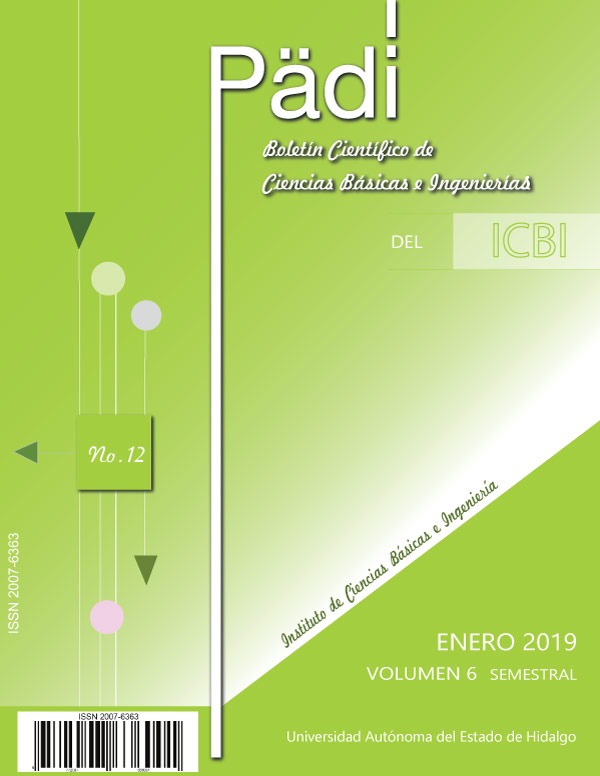Modelos estocásticos en epidemiología
DOI:
https://doi.org/10.29057/icbi.v6i12.3438Palabras clave:
Cadenas de Markov, epidemología, Número reproductivo básicoResumen
La modelación matemática es una herramienta de gran utilidad para entender, de manera sencilla, algún problema de la realidad que sea de nuestro interés. En el caso de la transmisión de enfermedades, la epidemiología matemática ha servido para entender la mecánica de propagación entre la población. Los modelos deterministas como el SI, SIS, SIR, SEIR, han sido ampliamente estudiados, y son la base de modelos más complejos, en donde se incluye, por ejemplo, alguna política de vacunación.
Otra alternativa es la modelación estocástica. En este trabajo presentamos dos modelos estocásticos, basados en cadenas de Markov. Ambos modelos son la versión estocástica del clásico SIS. El primero es un modelo de tiempo discreto, mientras que el segundo es un modelo de tiempo continuo. De cada uno de ellos presentamos simulaciones, y se sobreponen con la simulación realizada para el modelo determinista.
Descargas
Información de Publicación
Perfiles de revisores N/D
Declaraciones del autor
Indexado en
- Sociedad académica
- N/D
Citas
models with fixed population size and structure. J. Math. Biol. 68(1-2), 109–
143.
Allen, E., Allen, L., Arciniega, A., Greenwood, P., 2008. Construction of equivalent
stochastic dierential equation models. Stochastic Analysis and Applications
26, 274–297.
Allen, L., 2017. A primer on stochastic epidemic models: formulation, numerical
simulation, and analysis. Infectious Disease Modelling 2, 128–142.
Andersson, H., Britton, T., 2000. Stochastic Epidemic Models and Their Statistical
Analysis, 1st Edition. Springer-Verlag, New York.
Brauer, F., Castillo-Ch´avez, C., De la Pava, E., Barley, K., Castillo-Garsow,
C., Chowell, D., Espinoza, B., Gonz´alez Parra, P., Hern´andez Su´arez, C.,
Moreno, V., 2014. Modelos de la propagaci´on de enfermedades infecciosas,
1st Edition. Universidad Aut´onoma de Occidente, Cali.
Brauer, F., van den Driessche, P., Wu, J., 2008. Mathematical Epidemiology,
1st Edition. Springer-Verlag, Berlin.
Britton, N., 2003. Essential Mathematical Biology, 1st Edition. Springer-
Verlag, London.
Britton, T., 2010. Stochastic epidemic models: A survey. Mathematical Biosciences
68(1-2), 109–143.
Choisy, M., Gu´egan, J., Rohani, 2007. In: Tibayrenc, M. (Ed.), Mathematical
Modeling of Infectous Diseases Dynamics. John Wiley and Sons, U.S.A.,
Ch. 22, pp. 379–404.
Doob, J., 1990. Stochastic Processes, 1st Edition. John Wiley and Sons, New
York.
Martcheva, M., 2010. Mathematical Epidemiology, 1st Edition. Springer, New
York.




















